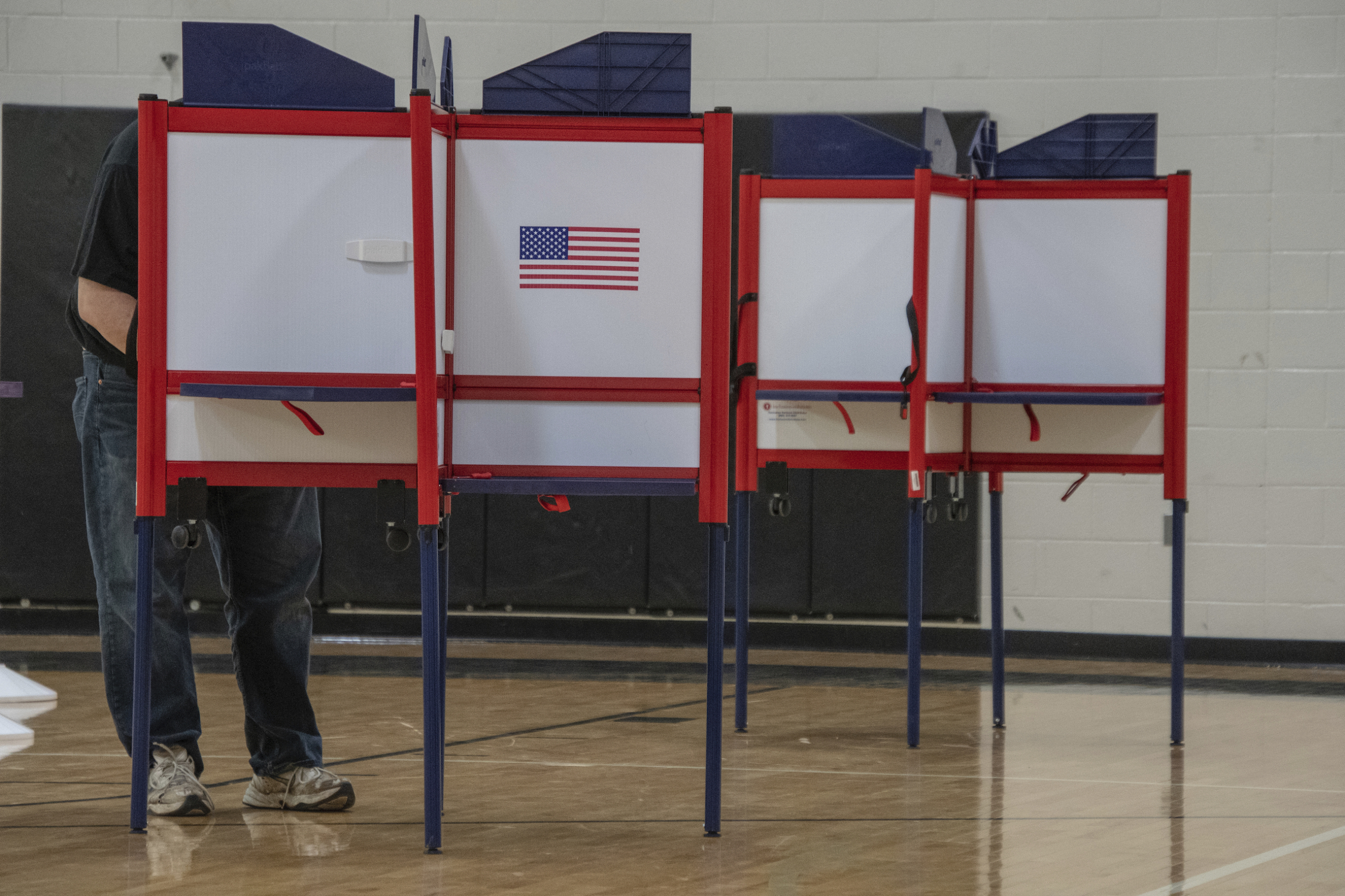The final vote tallies still aren’t known, but the media verdict of this presidential election is in: it’s 2016 all over again. Four years ago, in the hours after Donald Trump declared victory on the strength of 306 Electoral College votes and the ballots of nearly sixty-three million Americans, I wrote a column about the failures of the press throughout that campaign, and declared that “journalism’s moment of reckoning” had arrived. “Reporters’ eagerness first to ridicule Trump and his supporters, then to dismiss them, and finally to actively lobby and argue for their defeat have led us to a moment when the entire journalistic enterprise needs to be rethought and rebuilt,” I wrote then.
It is astonishing, today, how little we seem to have learned since. Once again, opinion polls were overhyped and under-scrutinized. Some of them were also wildly off—and, though that’s different from 2016, when the polls were largely accurate but widely misunderstood, it doesn’t let media organizations off the hook for their treatment of the numbers. Newsrooms leaned too heavily on polls as a substitute for on-the-ground reporting, and they were led astray. Journalists spent too much time talking to each other on Twitter, inhabiting an alternate algorithmic reality that bore little resemblance to the life of the country. And major media institutions made it all but impossible to envision that, despite the wealth of reporting on the president’s lies and his racism and his circus—nearly half the country remains beholden to the man and his beliefs. “We can’t go back to assuming, just because we think Donald Trump is an outlier, that he is not connecting to a lot of American people in ways that, frankly, a lot of us cannot understand,” Claire McCaskill, a former Missouri senator, said Wednesday morning on MSNBC. The feeling of déjà vu, and of lost journalistic opportunity, is inescapable.
In 2016, the press determined that our inability to grasp Trump’s rise ranked as one of our deepest failures. To repeat that mistake—as it appears we have—is somehow worse.
This, then, will be the media debate as we move forward: How much of the election outcome is about Americans and what they think, and how much is it about the proto-authoritarian who occupies the Oval Office, who used party machinery and the most powerful propaganda networks in history to mislead the electorate? Both factors matter, of course. But it is certain that much less journalistic firepower has gone into probing the country than into pointing out the infinite faults of the man who, at the moment, leads it. (Remember the post-2016 pledges to “go out into the country”? We seem to have forgotten.)
It would be unfair not to note what many reporters got right in this cycle. They predicted that early voting would favor Biden, and that turnout in big cities would be huge. They advised the electorate of entirely legitimate delays in vote counting, and warned that Trump would likely declare premature victory. They chastised Republican legislatures for engineering an electoral process that would leave Trump a legal opening. They counseled patience, which is never a reporter’s instinct. They knew that, the closer we came to the election, the darker and more threatening Trump would become.
Still, we’ve kept too big of a distance from too much of America, nearly half of which has voted for an administration that downplayed a deadly pandemic; exacerbated the climate crisis; emboldened racism, xenophobia, and gender-based violence; and embraced an authoritarian’s handbook on misinformation. In 2016, the press determined that our inability to grasp Trump’s rise ranked as one of our deepest failures. To repeat that mistake—as it appears we have—is somehow worse. Our task now is to report on the fact, ugly as it is, that Trump won more than sixty-seven million votes. That story is only partly about the president’s odious tweets and lies. Voters who support him know about most, if not all, of his flaws—thanks in no small part to some great journalism—and yet pulled the lever for him anyway. Now is our time to focus on the America he has laid bare.
We are hindered in our efforts by the hollowing-out of local newsrooms across the country. In so many ways, local journalists serve as reality checks, outside of the Beltway bubble and deeply sourced in their own communities. In 2016, almost without exception, local reporters in districts that had voted for Trump—mystifying the political class—said that they weren’t surprised. These reporters had seen the evidence of Trump’s popularity in yard signs and letters to the editor, in rallies and debates that weren’t captured by national-media microphones. With many of those journalists now stretched impossibly thin, or laid off, the national press has been left to fill the local-news void—a job that, at the moment, it is neither equipped nor prepared to perform. Before the next election cycle, the top posts at the New York Times, the Washington Post, CNN, and elsewhere are expected to turn over. The new leaders at those places will be tasked with making this right.
Trump will, sooner or later, be gone—no doubt under duress. What is left for the press to understand—and it may be the biggest story of our lifetimes—is a vast, complicated country.
THE MEDIA TODAY: Surprise! Election night was a confusing mess.
Kyle Pope was the editor in chief and publisher of the Columbia Journalism Review. He is now executive director of strategic initiatives at Covering Climate Now.

